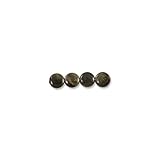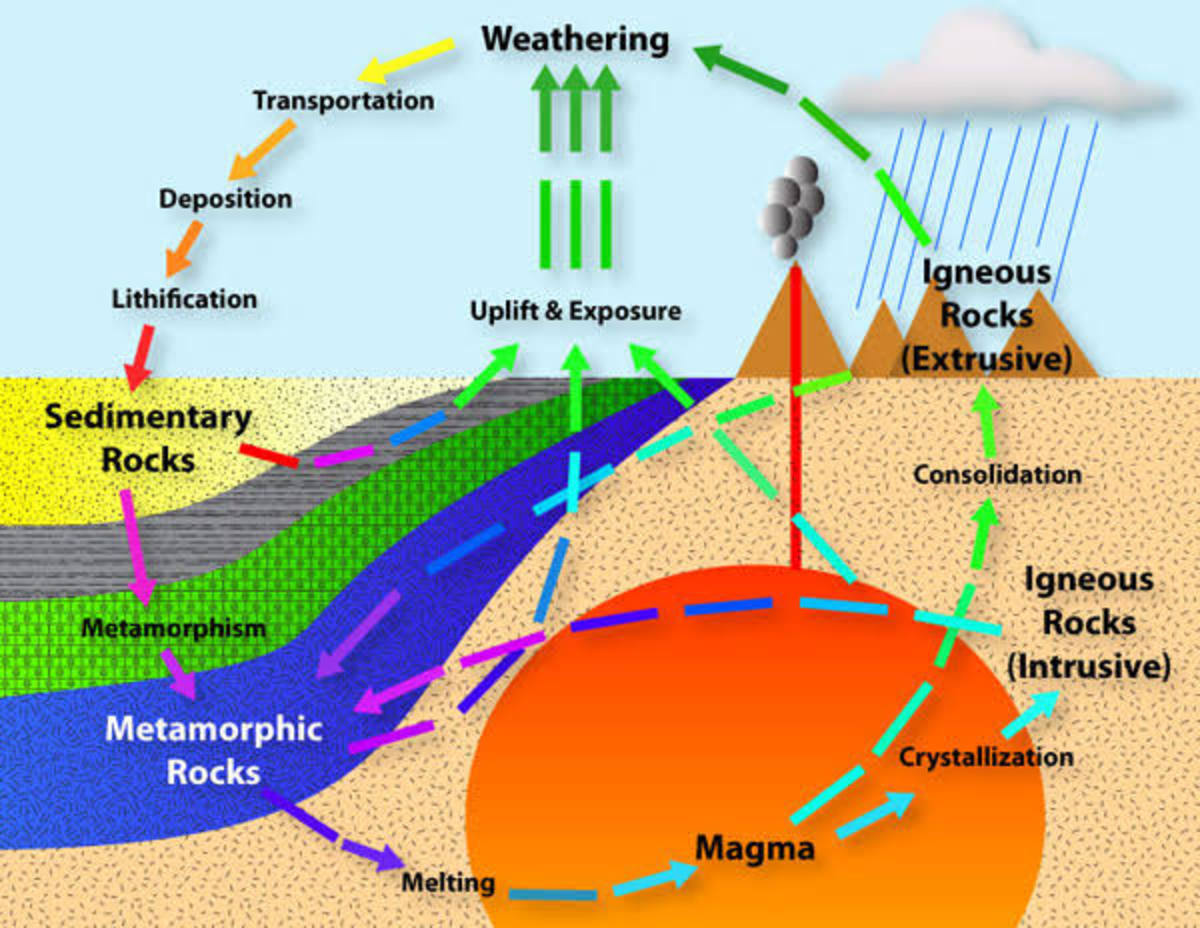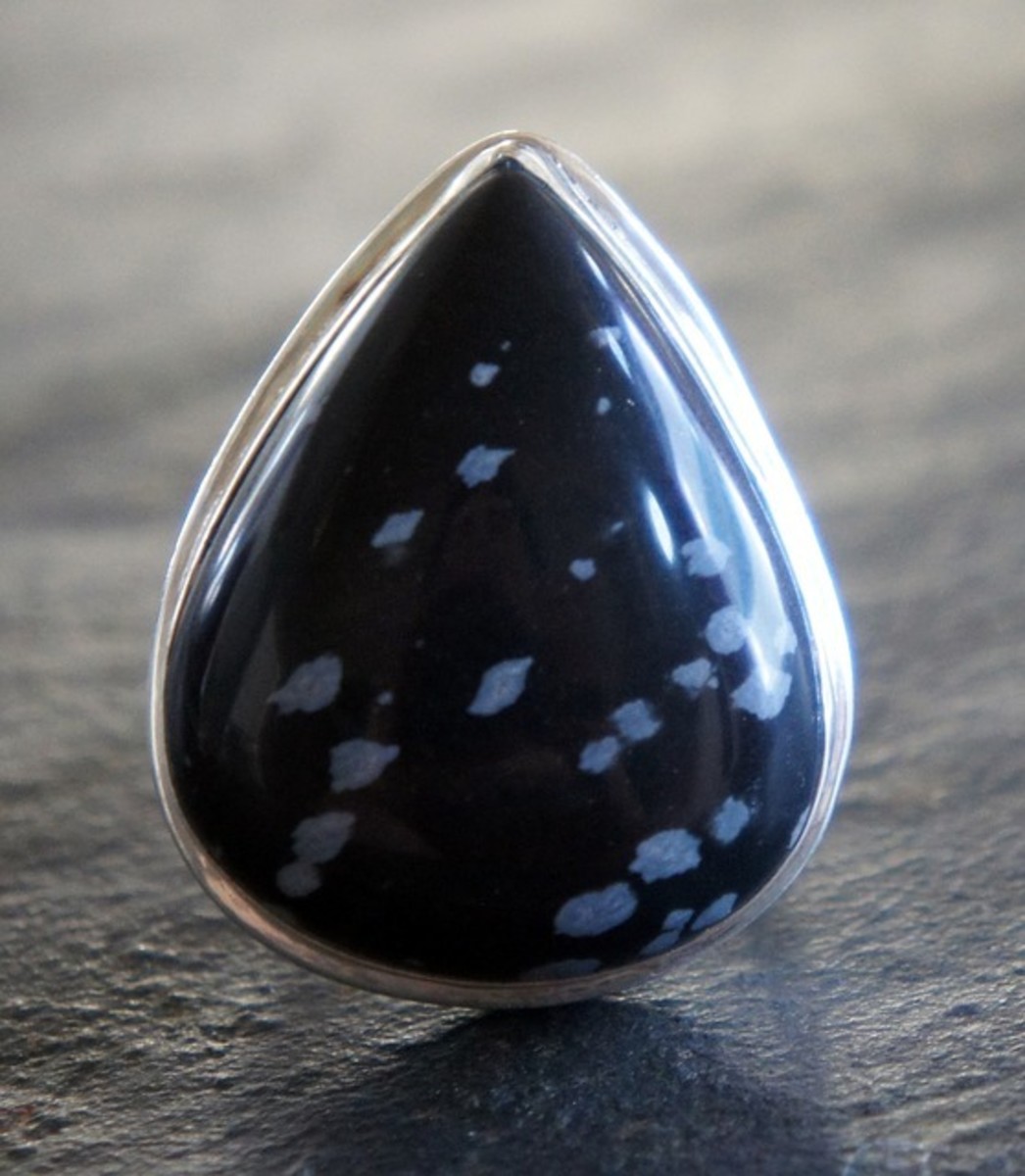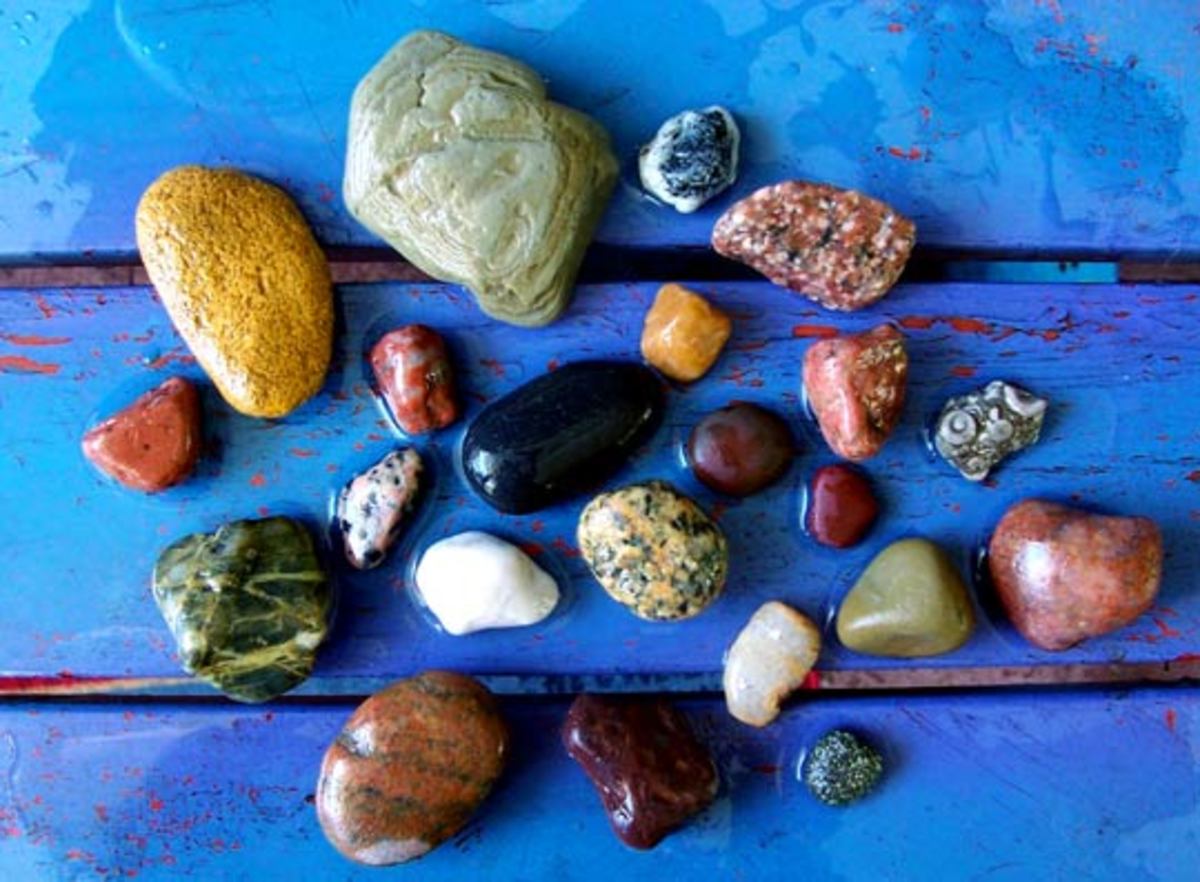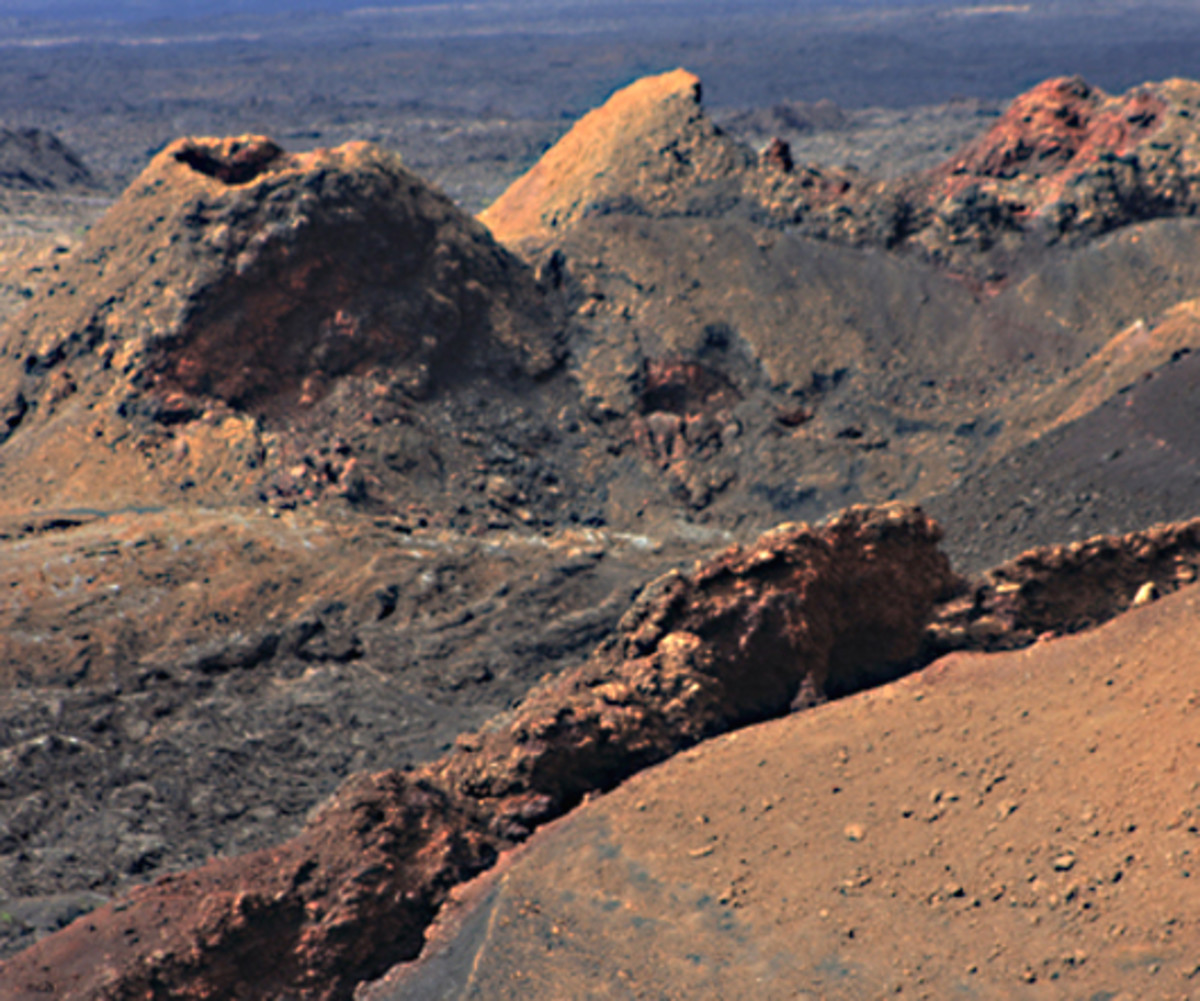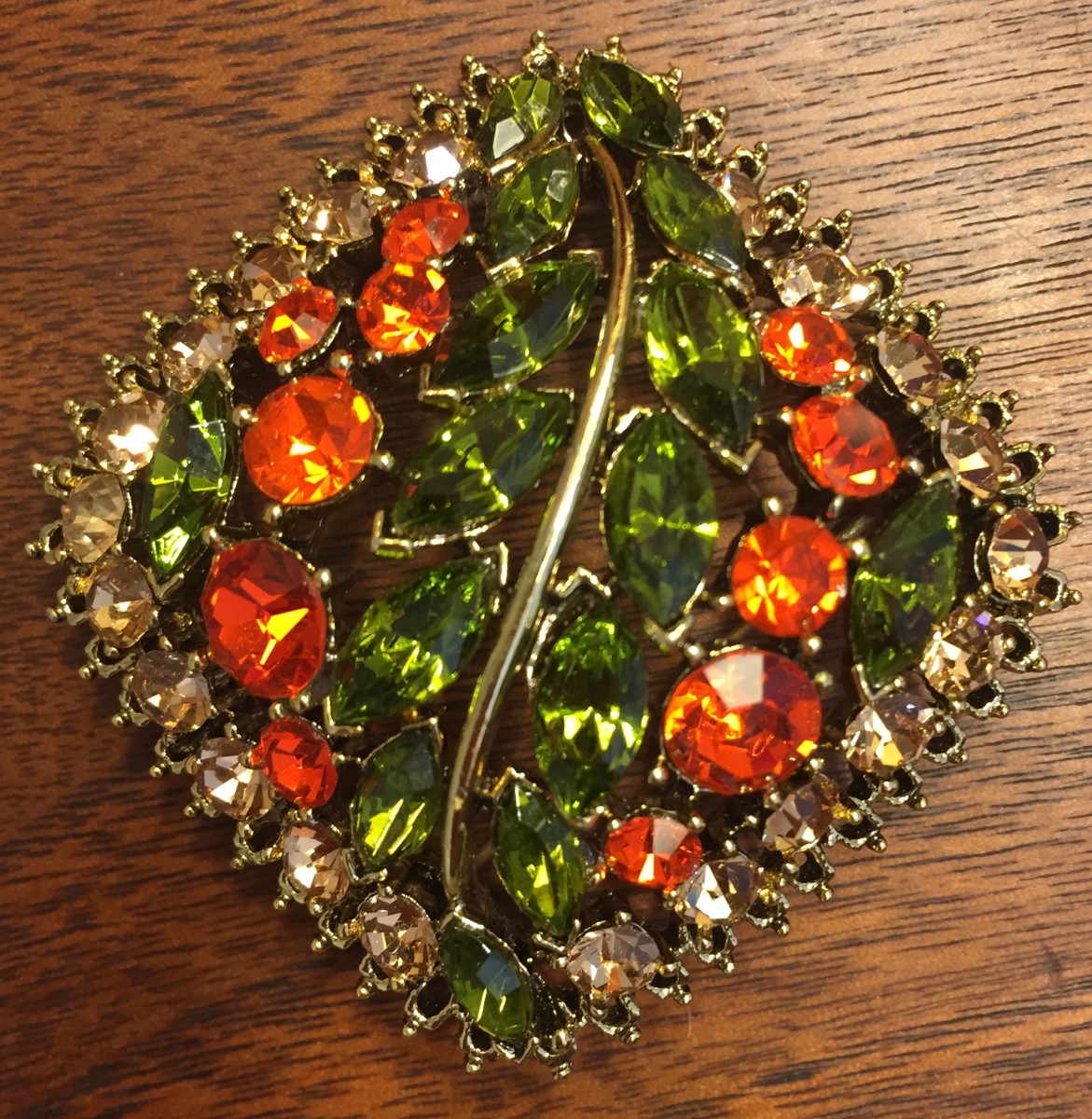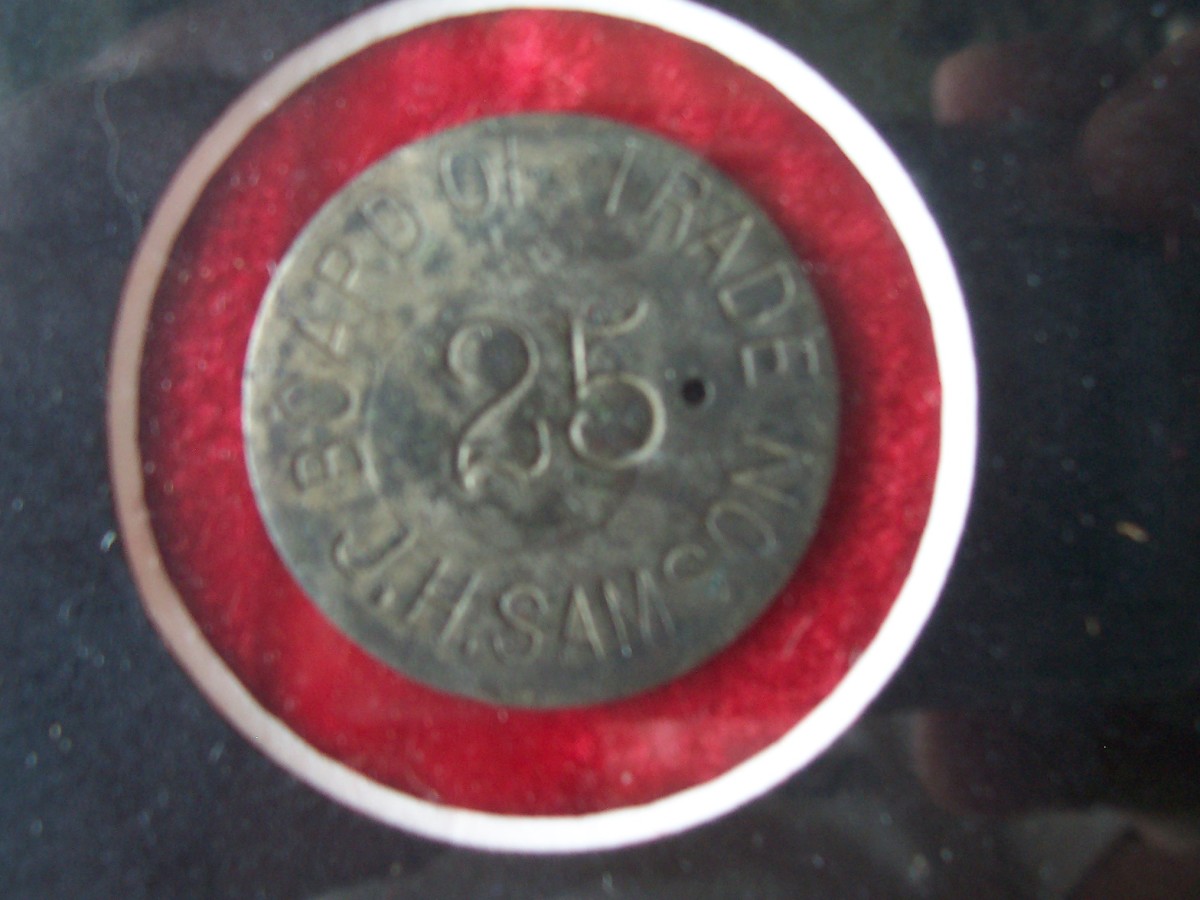Obsidian Collecting
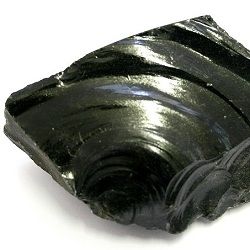
Black Volcanic Glass
Obsidian, or as it is sometimes called, volcanic glass, is a naturally occurring rock that comes from volcanoes. When lava cools very, very quickly it can turn into obsidian.
Obsidian is usually deep black in color and it is used for making arrowheads, spear-tips, jewelry, and even scalpels, as well as being great to add to rock collections.
Picture from kevinzim
Rock Formation
Obsidian is an extrusive igneous rock.
There are three major categories of rocks, sedimentary, metamorphic, and igneous. Sedimentary rocks are produced when layers of sediment are laid down, then pressure is applied and they are lithified, or turned into rock. Metamorphic rocks are produced when the rocks are exposed to heat and pressure, but not enough to melt them. Igneous rocks are rocks formed from melted or molten rock.
Igneous rocks are further divided into the categories of intrusive or extrusive igneous rocks. Usually when most people think of molten rock, they think of volcanoes and lava. They are the cause of extrusive, or outside the Earth, rocks. Intrusive rocks are caused when the lava (which is called magma below the surface) doesn't make it to the surface and cools inside the Earth. The Earth acts as insulation, so the magma cools slowly which causes crystals to form in the rock. This means that intrusive igneous rocks are more crystalline than the extrusive rocks which are fine-grained because they cooled very quickly due to being exposed to the air.
Not all intrusive or extrusive rocks are the same either though. Different chemical make-ups lead to different types of rocks. This means that molten lava or magma made up of different materials changes the resulting rocks.
Types of Igneous rocks
Intrusive Volcanic Rocks
Cooled below ground
Granite - light colored rock
Diorite - white and black rock
Gabbro - dark colored rock
Extrusive Volcanic Rocks
Cooled above ground
Rhyolite - very light lava
Andesite - medium colored lava
Basalt - dark lava, what we typically think of when thinking of lava
Pumice - holey rock caused by explosive lava
Obsidian - volcanic glass formed by super sudden cooling of lava
Okay, so Obsidian is volcanic glass formed by super sudden cooling of lava and so is an extrusive igneous rock. What causes the uniqueness of it?
There are a couple of ways obsidian can form. One way is when the volcanic lava suddenly explodes and this explosion sends pieces of molten rock flying through the air, sometimes into the atmosphere where it cools very very quickly. Another way is when the lava flows out of the volcano, the top is exposed to the air and can cool quickly and become a sort of obsidian cap. Obsidian is also formed when lava flows into water, such as the deep hot smokers beneath the ocean or if lava rolls into a lake or the ocean.
Collected Piece of Obsidian
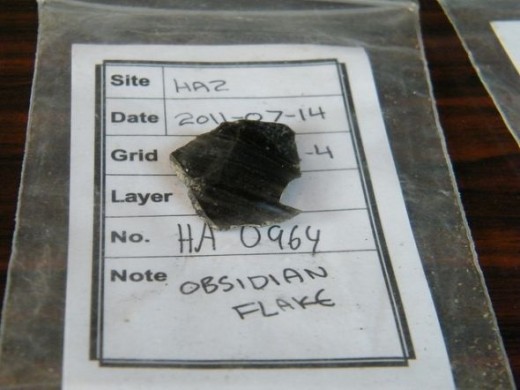
Picture from limetom
Obsidian Flow
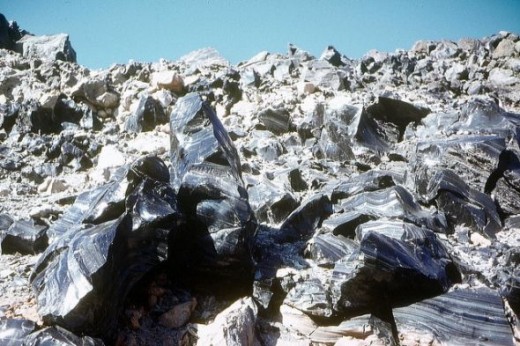
This lava flow probably erupted when it was cold out, since it is a very rare example of an entire lava flow covered in obsidian. Usually obsidian is not very common because things like this don't happen really often.
Picture from gumtau
Big Obsidian Flow
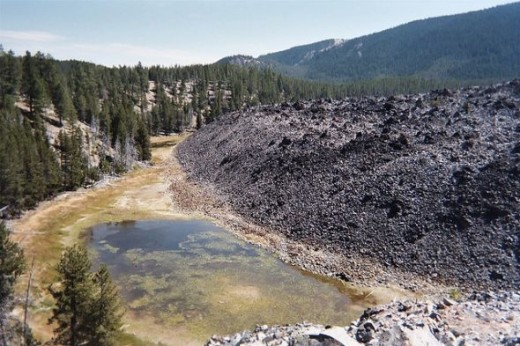
Picture from glennwilliamspdx
Collecting Obsidian
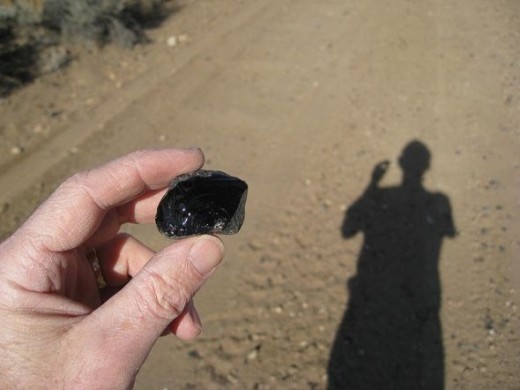
In some areas it is possible to walk along the right spots and collect obsidian from the ground. Obviously, the areas need to have had volcanic activity and the right kind to find obsidian. And many of these areas are protected, so before collecting obsidian check with the laws in the area you plan to search.
Picture from brewbooks
Obsidian and Native Peoples
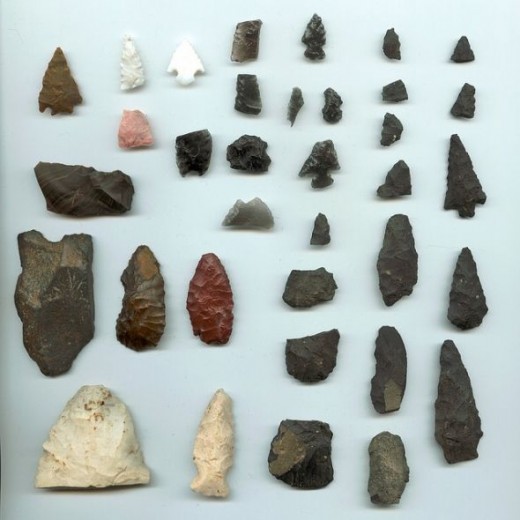
Obsidian was very useful to native peoples since they could use it to make knives and spear tips and arrowheads. Obsidian arrowheads were a popular trading item since they were so necessary to life but since obsidian comes from volcanoes, not every tribe had access to the raw materials. This makes obsidian superb for tracing Amerindian trading paths. Each flow of obsidian has a distinct chemical signature, so pieces that come from it can be traced. This uncovered something amazing, obsidian arrowheads would travel hundreds of miles across country.
Picture from ragesoss
Obsidian with Conchoidal Fracture
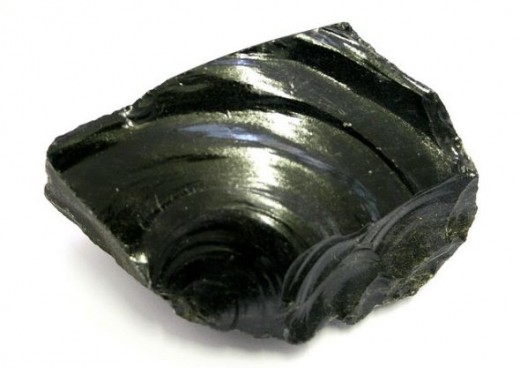
A big part of what makes obsidian great for arrowheads is the unique way it breaks. When hit just right obsidian breaks along curves. You'll see a similar effect when a pebble hits your windshield and it fractures, usually into concentric circles. Obsidian's way of breaking is called conchoidal fracture. Because obsidian breaks this way it can be formed into shapes by someone consistently and precisely tapping it with another rock. It takes a lot of skill, but master craftsmen have done it for centuries to create the utensils of survival.
Most minerals and rocks have more orderly alignments of atoms which causes them to break more easily along some planes more than others, which is why sometimes you'll find naturally formed minerals with straight lines or precise crystal shapes. Obsidian's very un-orderlyness is what makes it great for many uses.
Picture from kevinzim
Hand Knapped Arrowhead
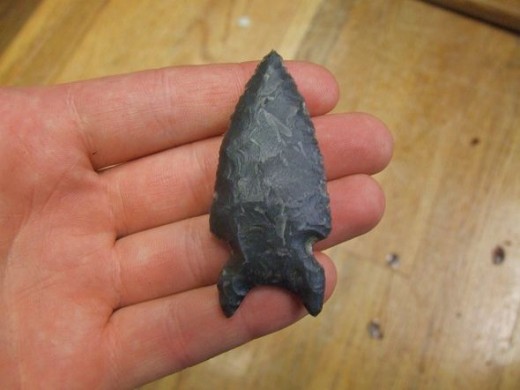
Picture from Travis S.
Knapping Obsidian
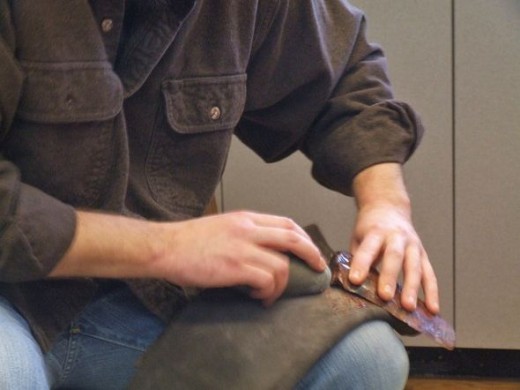
Picture from Travis S.
Arrowheads and Obsidian
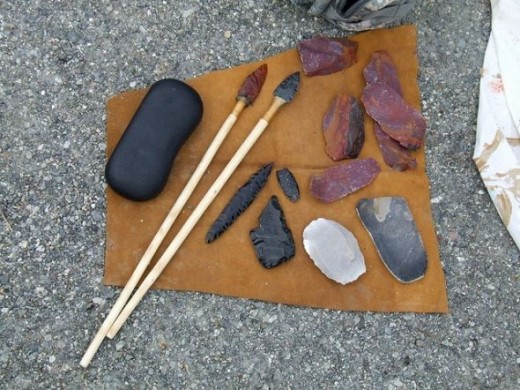
Picture from Travis S.
Devitrification of Obsidian
When obsidian is exposed to the air it starts undergoing a chemical process called devitrification or "deglassing". When obsidian undergoes devitrification it changes from being black and glassy to being gray and dull.
Over a long period of time, the atoms in the formerly uncrystallized obsidian try to become more orderly and crystallize. This causes the obsidian to become un-glassy or dull and gray. It takes an extremely long time though and is most commonly observed in piles of obsidian exposed to the air and water such as the surfaces of obsidian flows or landslides.
Rock Collection
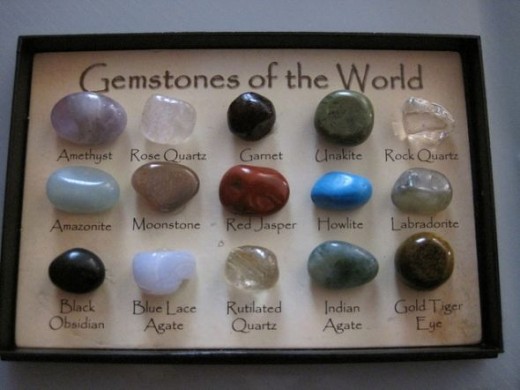
Obsidian makes a great contribution to a rock collection. It is easy and cheap to get and is one of the most easily recognizable rocks, which makes it great for beginners wanting to learn. Without reading the labels can you spot the obsidian in the picture above?
Picture from tomylees
Get Tumbled Black Obsidian

Snowflake Obsidian
Snowflake obsidian is obsidian with beautiful snowflake-like inclusions of cristobalite, a white mineral.

Mahogany Obsidian Stone
Mahogany obsidian is obsidian with deep reddish-brown streaks caused by high concentrations of iron oxide. It is my favorite type of obsidian because it is stunning and looks like mahogany wood.
Sheen Obsidian
Sometimes the obsidian has tiny bubbles of gas in it and these tiny bubbles can create interesting effects such as making the obsidian look slightly rainbowed, have a golden sheen to it, or a silver sheen to it. Obsidian that looks rainbow-y from these tiny bubbles is called rainbow obsidian. Obsidian that looks golden is called golden sheen obsidian. Obsidian that looks silver is called silver sheen obsidian.
Obsidian Needles
Obsidian needles are a unique, naturally occurring form of obsidian. The obsidian is shaped like long, skinny needles, usually only a couple to a few inches long, though they vary. It's uncertain why the obsidian forms needles like this, one idea is that the obsidian flow gets cold suddenly while cooling and it fractures the obsidian into this shape. Another idea is that the stresses of being underground near a fault line can twist and break the obsidian into these pieces. Whatever the cause, obsidian needles and beautiful and unique.
Obsidian Knife
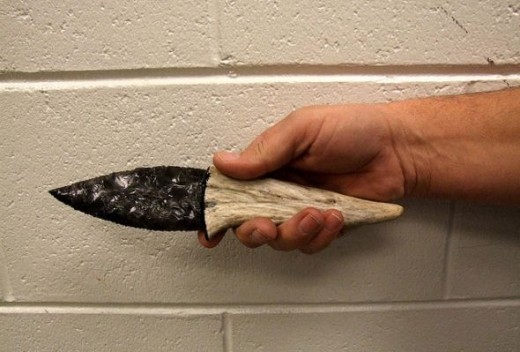
Picture from Travis S.
Apache Tears
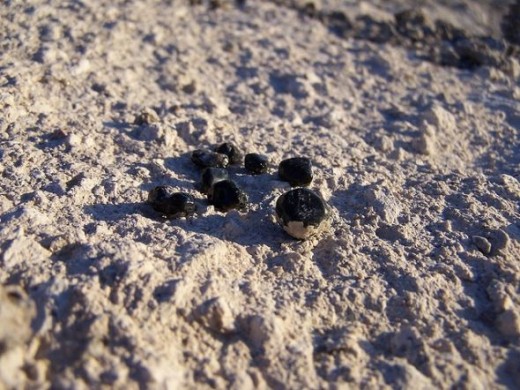
Picture from Fool-On-The-Hill
The name "Apache Tear" comes from a legend of a group of Apache warriors dying rather than being captured. According to the myth, the widows of the Apache warriors cried tears of sorrow over their loss and when these tears hit the ground they were turned to stone.
Obsidian Boulder
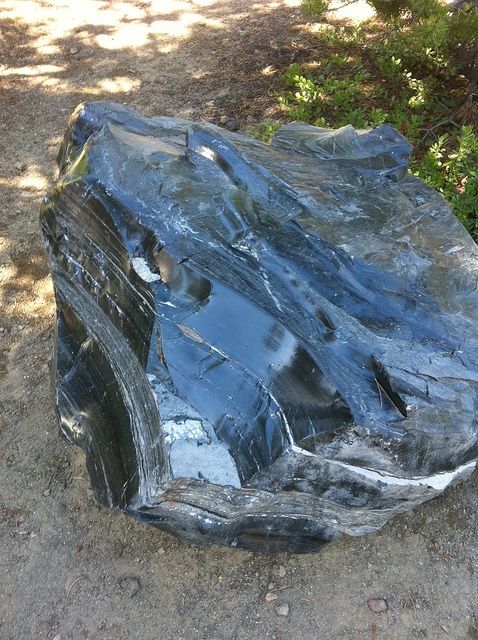
Picture from Michael Klass

